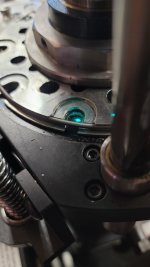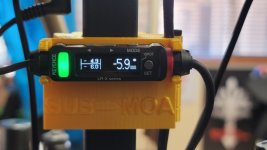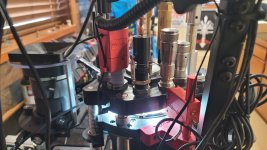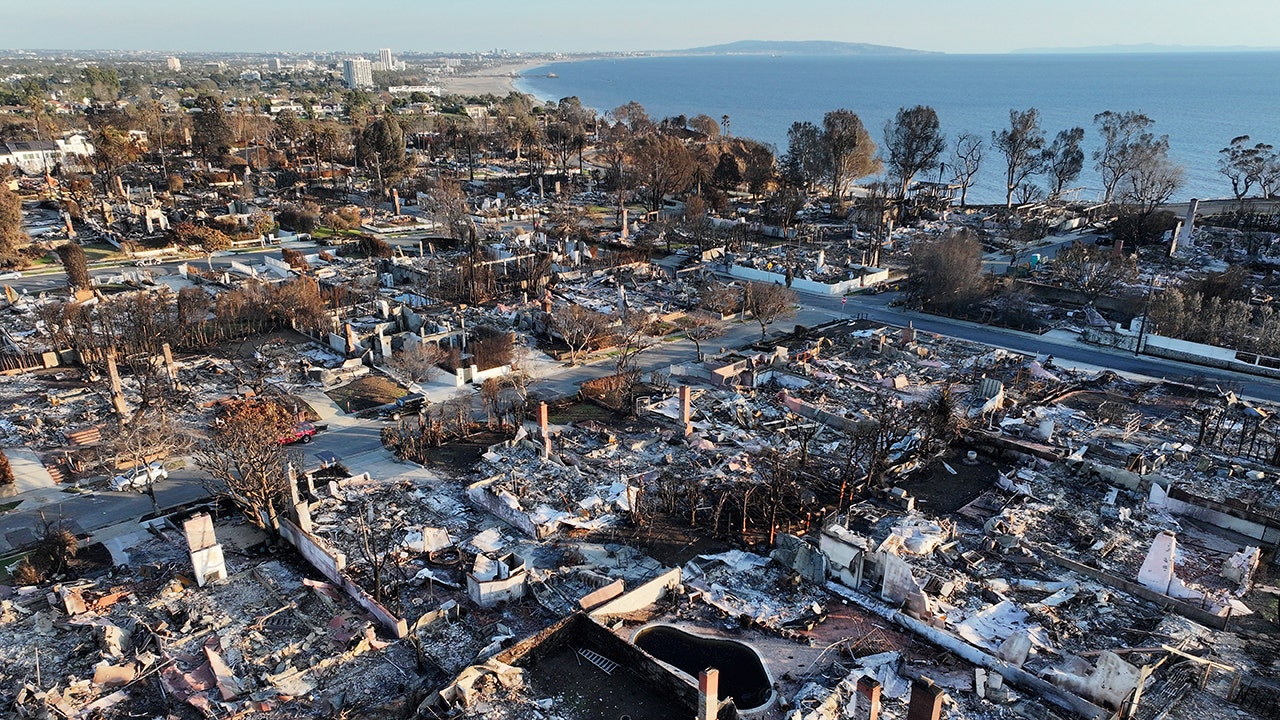100% agreed, just illustrating that from a pretty stable position, with environmental information likely already figured out, less than 25% of high level shooters can hit a 1.5 MOA target at 400 yards 10 times in a row. This is a simple practical application example.
I posted this and have a separate post opening up Benchrest / F-Class average performance and group sizes at 100 yards, but it's been taking more time that I initially thought to find good references. World records and match winners aren't really the info that best applies to this. I can say that my observation of PRS and NRL Hunter zeroing day targets, less than 1/2 of all competitors I have observed will put the first shot within 1/2" of the aiming point. Lots of variables within that, but I don't think that there are a lot of people out there that would bet $1,000 on getting a first round impact on a 1/2" target at 100 yards over multiple days. Whatever the percentage of takers, I believe that the success rate of even 1 MOA targets dips significantly with each 100 yard increase, just from the unknown wind effect.
A 0.1 MRAD error in wind is right around 0.35 MOA. Inside the gun number range, wind that shifts from 10:30 to 11:30 alone on a 6MPH gun will be almost 0.1 MRAD difference. A 3 MPH wind error will be right around 0.1 MRAD difference. The further away from the target we are, without down-range wind speed and direction data, the higher the probability of an error in speed and direction. This is all also assuming that range to target is correct.
Due to the above, I believe that focusing on gun/ammo/shooter performance at 100 yards will give a better indication of performance than anything further, and that longer ranges for working/evaluating wind and other practical skills compared to that 100 yard gun/ammo/shooter baseline performance will paint a better picture. I do not think that 1 or 0.5 MOA target cold-bore shots at anything past about 100 yards is in the same kind of performance evaluation as front-squatting 440 on demand.

www.dailymail.co.uk










